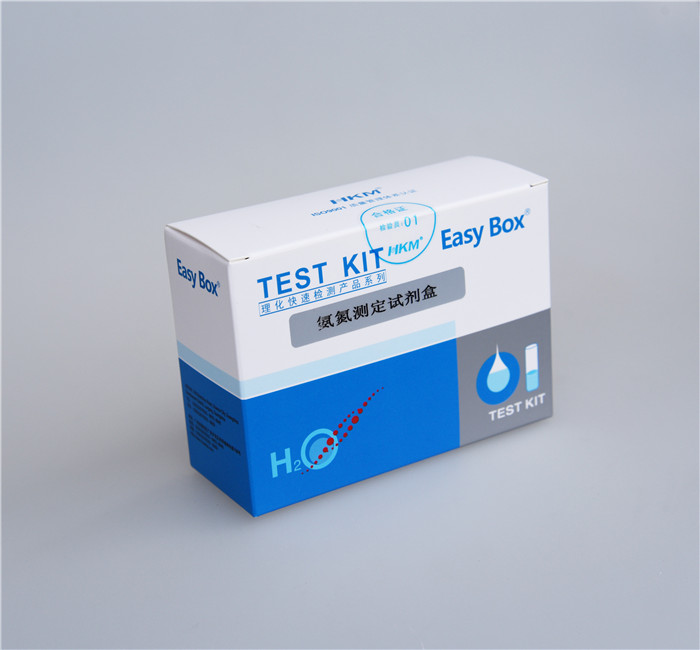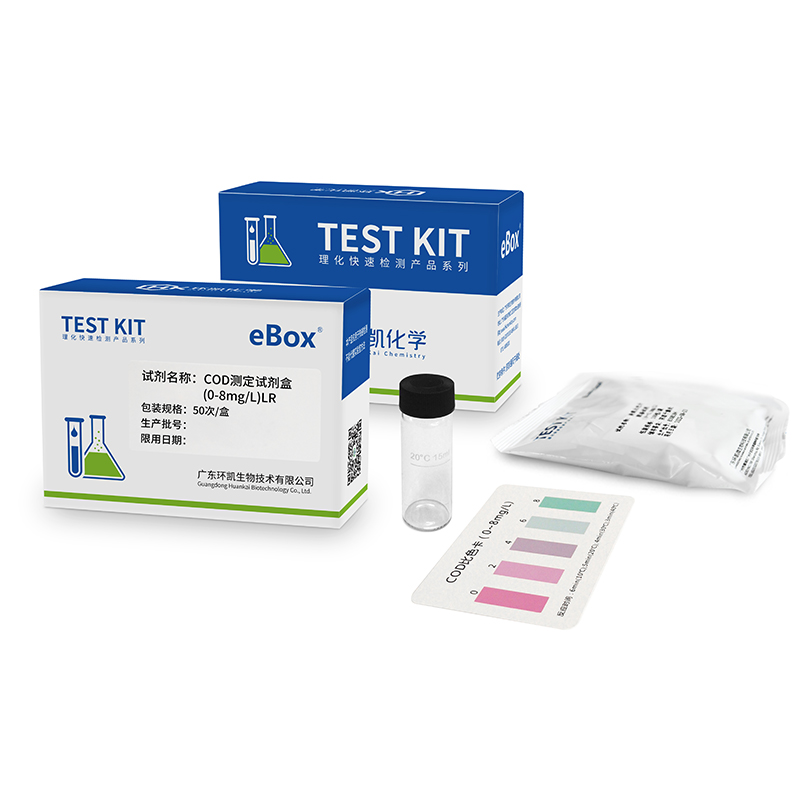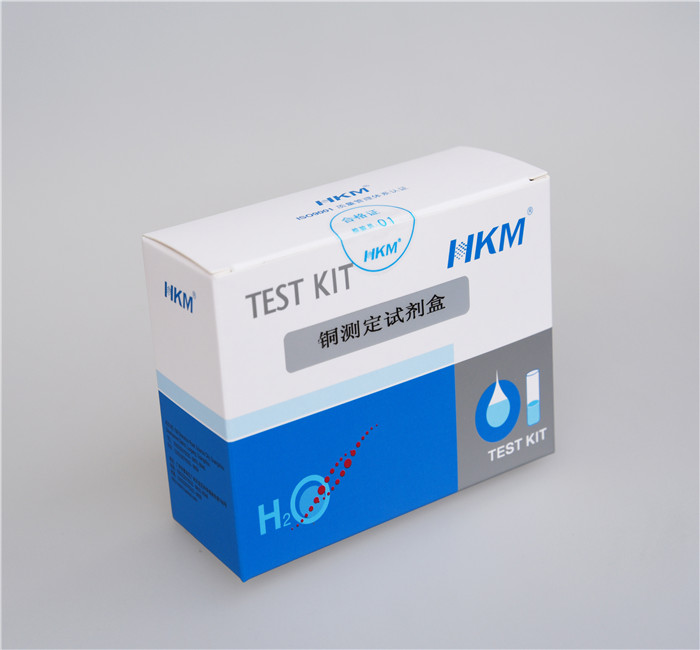090080 Ammonia Nitrogen Test Kit
$15-36
50 tests/box
Introduction
Ammonia Nitrogen Test Kit
Easy to Operate:
Users do not require special training, and can refer to the use instruction on the colorimetric card, and independently finish water testing in 15 minutes per water sample.
Accurate Measuring:
Testing methods are under international standards, with a range of 0-1.0 mg/L.
Convenient Packs:
Every pack is for 50 tests with attributes of small size, lightweight and convenience for carrying.
Fields of Application:
Household drinking water and water sources, surface water, aquiculture water, irrigation water, seawater, household and industrial wastewater and etc
Various industries involving large amount of water require frequent water testing, and the controlling of water quality to meet the different standards. In the case of water deterioration, water tests must be conducted immediately, so measures can be taken accordingly, to prevent serious consequences.
Huankai has released water testing packs, and the test is quick, accurate and simple. The testing packs are very convenient for on site operation, and can satisfactorily meet the requirements in various industries.
On top of current water testing products, Huankai has recently released new ammonia nitrogen testing packs, further improving this type of water testing pack, and has brought more conveniences to our customers.
Development Background:
Sources of Ammonia Nitrogen Pollution:
Major ammonia nitrogen pollution usually comes from the biological decomposers of organic chemicals in household wastewater, industrial wastes such as charring wastes and fertilizer wastes, and agriculture wastes such as cropland wastes, aquiculture wastes, etc. In anaerobic environment, with the presence of nitrites, organic materials can be reduced through micro-bioprocess to form ammonia. In aerobic environment, ammonia in water can be converted to form nitrite or nitrate.
Hazard Caused by Ammonia Nitrogen:
Ammonia nitrogen usually presents in water in the forms of dissociative nitrogen or ammonium ions. Dissociative nitrogen is ten times more toxic than ammonium ions, and the toxicity increases with the basicity in water. The increasing temperature and pH will increase the toxicity of ammonia nitrogen. Aquatic organisms are very sensitive to the presence of ammonia nitrogen, which can cause anemia, chronic poisoning, inappetency, gill diseases, respiratory difficulties, restlessness or even sudden death of fishes, and shrimps. Ammonia nitrogen is also an important nutrient for aquatic plants. If large amount of ammonia nitrogen enters lakes, reservoirs, or water bays, aquatic organisms will be activated to reproduce, causing eutrophication and other serious consequences. Therefore it is essential to monitor the concentration of ammonia nitrogen in water, and assess the conditions of pollution and self-purification in water.




